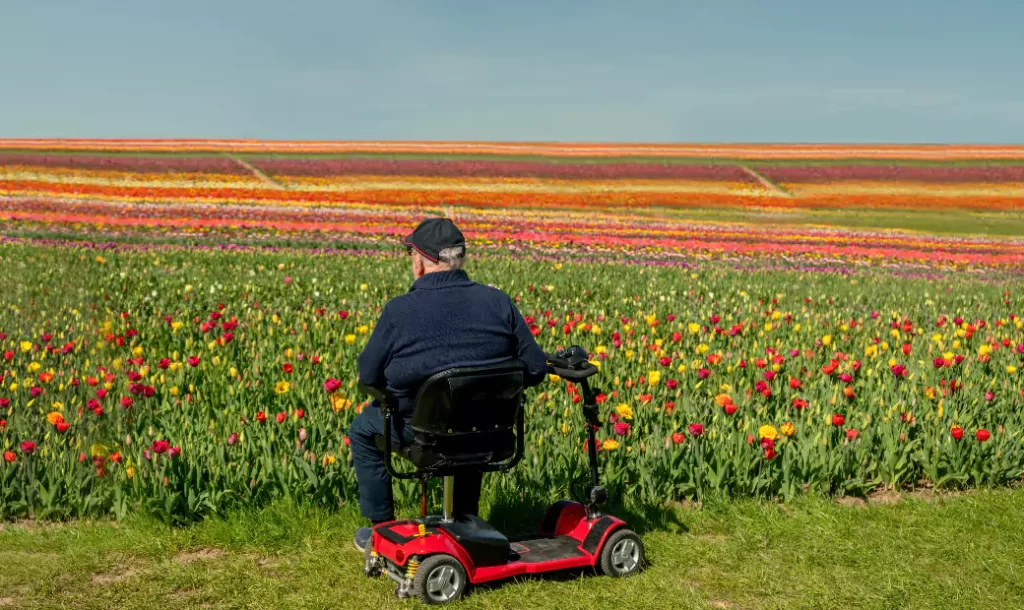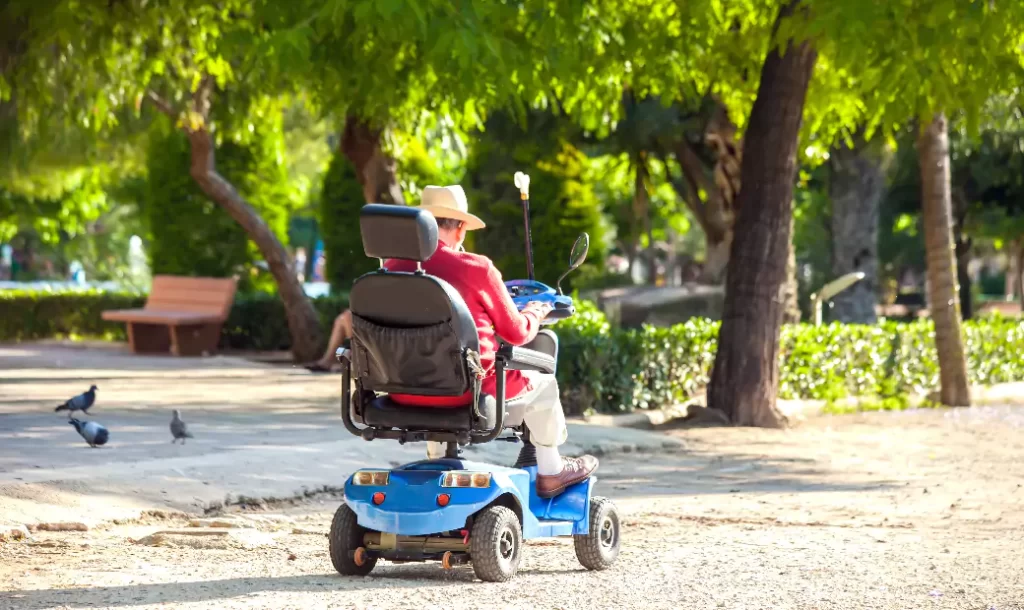Contact Us
How Electric Mobility Scooters Are Transforming Short-Distance Travel for Seniors in Aging Cities
2025-06-25
Introduction
As cities around the world confront the rising tide of aging populations, the need for accessible, efficient, and senior-friendly transportation becomes urgent. Among emerging mobility solutions, the electric mobility scooter is standing out as a transformative force for short-distance urban travel. These compact, battery-powered vehicles are reshaping how elderly individuals navigate cities, fostering autonomy, safety, and active aging.
📌 Electric mobility scooters are no longer a niche convenience—they are fast becoming essential components of senior-friendly urban infrastructure.

The Rise of Electric Mobility Scooters Among Seniors
Electric mobility scooters, often referred to as low-speed electric vehicles (LSEVs), are specifically designed to help those with reduced mobility travel short distances independently. With intuitive controls, a seated driving position, and speeds typically below 15 km/h (9 mph), they offer the perfect balance between safety and functionality.
A report from the World Health Organization on age-friendly cities emphasized the critical role of mobility in promoting physical and mental well-being among older adults. The report advocates for accessible transportation as a key pillar of inclusive urban development.
In this context, electric mobility scooters provide:
-
Enhanced independence: No need to rely on family or public transport.
-
Reduced fall risks: Especially for seniors with limited balance or strength.
-
Improved social participation: Easier access to community centers, shops, and parks.
📌 Electric scooters give seniors greater control over their daily routines, enabling them to maintain a sense of purpose and social connection.
User-Centric Design: What Makes Scooters Ideal for Seniors?
What truly differentiates electric mobility scooters from bicycles, e-bikes, or ride-share platforms is their user-centric design, optimized for elderly users. Features include:
-
Adjustable and padded seats for comfort
-
Anti-tip wheels for added stability on uneven terrain
-
Swivel seats and flip-up armrests for easy boarding
-
Speed limiters and safety horns for safe navigation
-
LED lighting and mirrors for night-time visibility
Modern scooters are increasingly being enhanced with smart technologies, such as:
-
GPS tracking
-
Fall detection systems
-
App-based health monitoring
Safety and Regulation: The Role of Standards
While electric scooters offer considerable benefits, they are not without risks. Urban environments often include obstacles such as uneven sidewalks, dense pedestrian zones, and limited crossing times at intersections.
In response, regulatory bodies are working on standardizing safety features across scooter models. The European Commission, for example, has proposed a regulation for personal mobility devices that includes:
-
Speed limits to ensure urban compatibility
-
Mandatory lighting and reflectors
-
Battery safety certification
-
User training recommendations
📌 Standardization protects both users and those around them, helping cities integrate scooters safely into pedestrian-heavy spaces.
Cost and Accessibility
A key challenge for many seniors is the affordability of personal mobility equipment. While premium electric scooters may cost over $2000, entry-level models are now available from $700–$900. These costs remain significant for fixed-income seniors.
Potential solutions include:
-
City-level subsidy programs for mobility aids
-
Non-profit or community-led sharing schemes
-
Healthcare insurance coverage for certain models as assistive devices
Despite the financial barrier, demand continues to grow, especially as scooters prove their value in promoting mobility, autonomy, and mental well-being.
📌 As aging cities prioritize inclusivity, making scooters financially accessible will be key.
Future Outlook: Smart Cities, Smart Scooters
As cities evolve, so too will mobility devices. Next-generation scooters will benefit from integration with smart city systems, including:
-
Vehicle-to-infrastructure (V2I) communication to interact with traffic signals
-
Geofencing to prevent use in prohibited areas
-
Emergency response connectivity for falls or health events
-
Data analytics to monitor usage patterns and improve infrastructure planning
In addition, innovations in battery technology will lead to longer ranges, lighter scooters, and improved charging infrastructure.
📌 Electric mobility scooters are poised to become more than transport tools—they will be intelligent health and mobility platforms embedded into the digital fabric of urban life.

Conclusion
Electric mobility scooters are not just a convenience for aging populations—they are a transformative element in the design of age-inclusive cities. By supporting physical independence, reducing barriers to movement, and aligning with urban sustainability goals, these devices offer a low-emission, high-impact solution for short-distance travel.
Through the continued support of international health organizations like the World Health Organization, and standard-setting efforts by governing bodies like the European Commission, scooters will become safer, more accessible, and better integrated into the modern cityscape.
📌 Final Note: As cities age, electric mobility scooters are not a luxury—they are a necessity in reimagining what dignified, independent aging looks like in the 21st century.
References
-
World Health Organization. (2007). Global age-friendly cities: A guide. World Health Organization. https://www.who.int/publications/i/item/9789241565042
-
European Commission. (2024). Proposal for a regulation on personal mobility devices. https://eur-lex.europa.eu/legal-content/EN/TXT/?uri=COM%3A2024%3A0112%3AFIN


